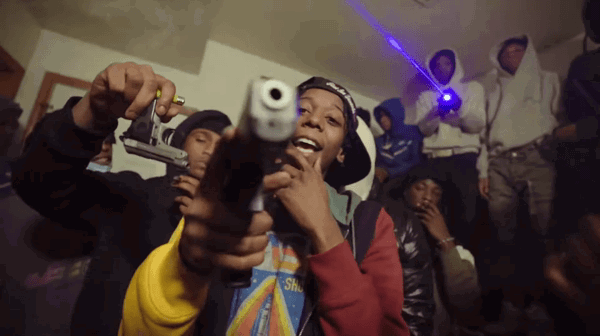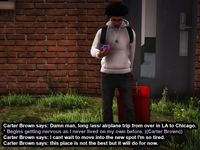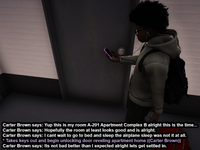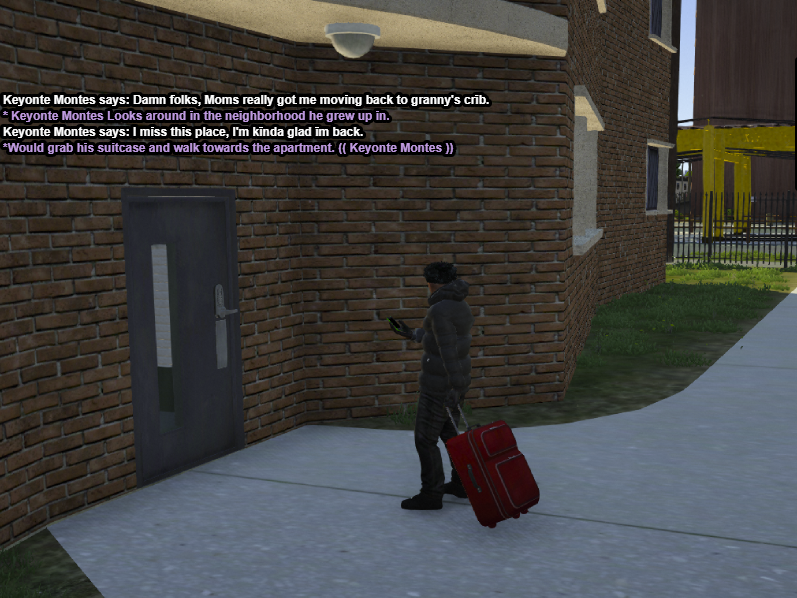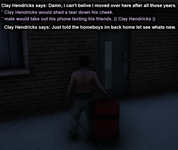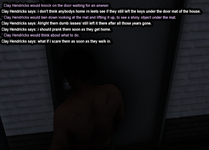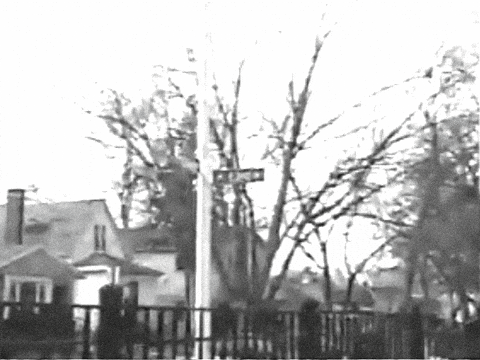
The Making of Rack City
The city of Chicago witnessed the rise of a notorious gang in the early 2000s. 093 Rack City, also known as Racketeer Stones, is a primarily African American street gang. 093 Rack City is a Racketeer Stone set located on 93rd and Lowe in Chicago's Washington Heights Area on the southside. This street gang was created by a group of teenagers ranging in ages from fourteen to twenty. The Raketeers were formed to compete with the 95 Mob Gangster Disciples, with whom they've had a long feud with over rumors of members from 95 Mob and OakDale Gangster Disciples being involved in the murder of an outstanding member of the 093 Rack City. Rack City claims to be EBK, aka "Everybody Killers," due to their lack of allies and feuds with several gangs throughout the city of Chicago. Although 093 Rack City members frequently refer to themselves as EBK, EBK isn't a gang. Drill music is where many gang members utilize the initials "BDK," "GDK," and "EBK." EBK means everybody killer, which means anybody can get it, no matter what set or gang you belong to. Another common use for the phrase is to warn rival gangs or individuals who may pose a threat to the gang's members. The term "EBK" is frequently used in conjunction with threats of violence or retribution as a means of asserting the gang's dominance and sending a message to the gang's opponents.
"The start of a Nation"

"Stone to the Bone"
RIP Milo "Lil Rackz" Richards -
Milo grew up on 93rd and Halsted in Chicago's south side with his mother, older brother, and grandmother. Milo was a well-respected member of Rack City. Not only that, but he was well loved in his community. Milo was making his family proud; he was only a few months away from graduating when he was killed. A man was fatally shot Thursday night in the West Woodlawn neighborhood on the city's South Side, police said. On June 14th, 2015 Milo Richards, 17, was shot at 6119 South Cottage Grove Avenue, according to police and the Cook County medical examiner's office. Police said it was around 2:30 p.m. when Milo Richards was sitting inside a vehicle when his attackers drove alongside it and fired 12 shots into the vehicle, striking Richards multiple times. According to the Cook County Medical Examiner's Office, he was pronounced dead on the scene.
Milo grew up on 93rd and Halsted in Chicago's south side with his mother, older brother, and grandmother. Milo was a well-respected member of Rack City. Not only that, but he was well loved in his community. Milo was making his family proud; he was only a few months away from graduating when he was killed. A man was fatally shot Thursday night in the West Woodlawn neighborhood on the city's South Side, police said. On June 14th, 2015 Milo Richards, 17, was shot at 6119 South Cottage Grove Avenue, according to police and the Cook County medical examiner's office. Police said it was around 2:30 p.m. when Milo Richards was sitting inside a vehicle when his attackers drove alongside it and fired 12 shots into the vehicle, striking Richards multiple times. According to the Cook County Medical Examiner's Office, he was pronounced dead on the scene.
"Baby Rackz Gang"
is a close-knit group of people who travel in packs most of the time; Baby Rackz Gang was the name members went by to honor their fallen member "Lil Rackz". You will rarely ever see a Baby Rackz Gang member moving alone. This particular set is regarded as one of Chicago's slimiest sets. This group is primarily focused on increasing their wealth and ensuring that their members have the equipment necessary to defend their territory. They accomplish this by engaging in a variety of illegal activities, such as armed robbery and drug trafficking. They occasionally reinvest the money they get in order to buy rifles and other weapons to defend their area and establish their dominance over others. The neighborhood has been greatly impacted by BRG's operation. The continuous fear of violence from gangs affects the lives of the resident's.


"The Indictment of Rack City"

Last edited:

